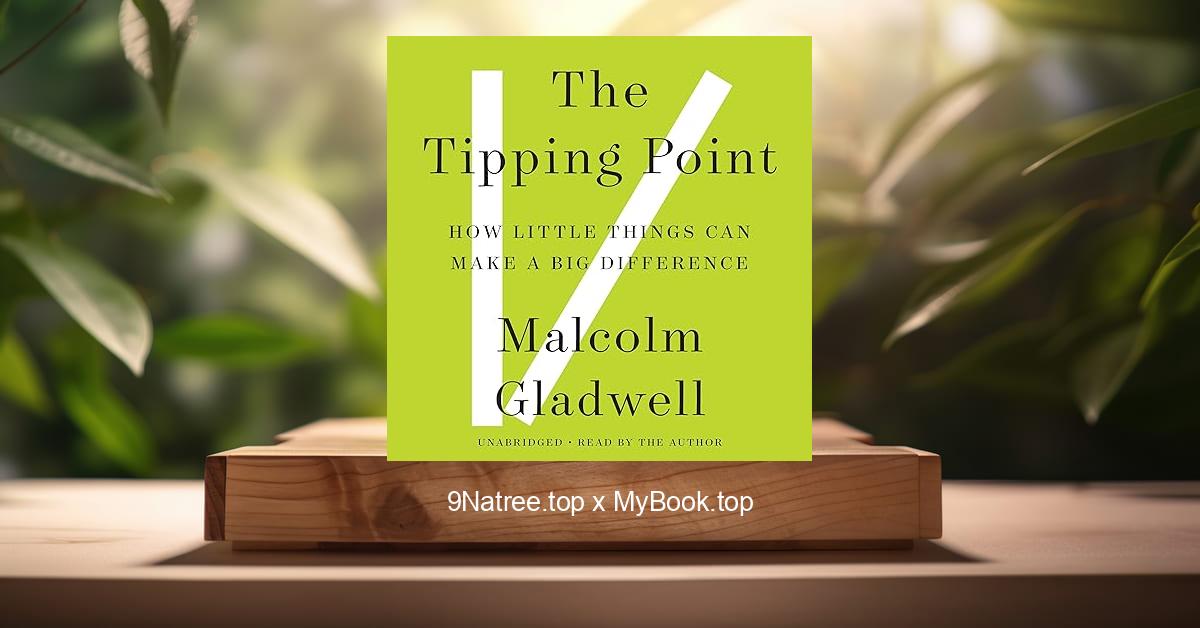Show Notes
- Amazon USA Store: https://www.amazon.com/dp/B00BAWHPX2?tag=9natree-20
- Amazon Worldwide Store: https://global.buys.trade/The-Bully-Pulpit-Doris-Kearns-Goodwin.html
- eBay: https://www.ebay.com/sch/i.html?_nkw=The+Bully+Pulpit+Doris+Kearns+Goodwin+&mkcid=1&mkrid=711-53200-19255-0&siteid=0&campid=5339060787&customid=9natree&toolid=10001&mkevt=1
- Read more: https://mybook.top/read/B00BAWHPX2/
#ProgressiveEra #Muckrakingjournalism #TheodoreRoosevelt #WilliamHowardTaft #1912presidentialelection #TheBullyPulpit
These are takeaways from this book.
Firstly, From Allies to Adversaries: Roosevelt and Taft, Goodwin charts a compelling evolution from alliance to estrangement. Roosevelt, the master of the bully pulpit, encouraged Taft to run in 1908, trusting his friend’s integrity and administrative skill to consolidate Progressive gains. Early harmony gave way to conflict as Taft’s judicial temperament and preference for deliberate, legalistic action collided with Roosevelt’s activist style. The Payne Aldrich Tariff split the Republican coalition, while the Ballinger Pinchot controversy signaled a deeper divide on conservation and executive authority. Taft’s antitrust strategy, including action against US Steel, alarmed Roosevelt, who believed some large enterprises served the public when properly regulated. Goodwin shows how mismatched expectations, structural pressures within the party, and divergent theories of presidential power turned policy disagreements into personal rupture. The story is not a simple moral contrast; rather, it is a nuanced study of character under strain. Taft emerges as principled yet politically maladroit; Roosevelt as visionary yet impatient with limits. Their breakup reshaped the Progressive movement and set the stage for the epochal 1912 campaign.
Secondly, The Golden Age of Muckraking and McClure’s, A central thread is the rise of investigative journalists who transformed public debate. Goodwin spotlights S. S. McClure’s magazine and its star writers—Ida Tarbell on Standard Oil’s monopolistic tactics, Lincoln Steffens on urban corruption, and Ray Stannard Baker on labor conflict and race. These reporters paired literary craft with dogged documentation, turning complex abuses into gripping narratives that ordinary readers could grasp. Roosevelt engaged this new press with strategic openness, recognizing that moral momentum often starts in print before it becomes policy. Yet he also sparred with excess sensationalism, seeking a partnership grounded in fact and public purpose. Goodwin portrays the newsroom as a crucible of reform, where editorial courage, meticulous research, and empathetic storytelling accelerated regulatory and social change. The book illuminates how journalistic networks, deadlines, and editorial risk intersected with political windows of opportunity. Far from being mere chroniclers, muckrakers were catalytic actors whose work expanded the boundaries of civic imagination and helped legitimize a stronger regulatory state.
Thirdly, Building the Progressive Agenda, Goodwin details a policy revolution that rebalanced American capitalism and government. Under Roosevelt, antitrust action signaled a new willingness to confront concentrated power, from the Northern Securities case to a broad regulatory push. The Hepburn Act strengthened the Interstate Commerce Commission’s hand over railroad rates, while the Pure Food and Drug Act and Meat Inspection Act advanced consumer protection after disturbing revelations about unsafe products and unsanitary conditions. Roosevelt mediated the 1902 Anthracite Coal Strike, legitimizing the federal role as honest broker in labor disputes. Conservation became a hallmark, with expanded national forests and a vigorous reclamation policy. Taft, often underestimated, consolidated reforms through the Mann Elkins Act, bolstered the Interstate Commerce Commission, introduced postal savings, and supported the Children’s Bureau. Goodwin argues that reform is not only about bold beginnings but also about institutional entrenchment. The Progressive agenda emerged from a dynamic feedback loop among public opinion, investigative reporting, legislative craft, and executive leadership—demonstrating how ideas become durable policy when aligned with administrative capacity and legal authority.
Fourthly, Leadership, Temperament, and the Presidency, Roosevelt and Taft exemplify two enduring leadership archetypes. Roosevelt’s kinetic style harnessed drama, symbolism, and direct engagement with the press to frame national problems and rally broad coalitions. He believed in a stewardship theory of the presidency, acting unless forbidden by the Constitution. Taft favored constitutional restraint, consensus building, and meticulous legality, often achieving more trust prosecutions than his predecessor but receiving less public credit. Goodwin does not reduce the contrast to charisma versus caution; she shows how temperament shapes timing, messaging, and the ability to hold fractious alliances. Roosevelt’s strengths in narrative framing came with risks of overreach. Taft’s devotion to process secured lasting reforms but struggled in a media age that rewarded spectacle. The analysis reveals that effective leadership requires not only vision and virtue but also alignment with institutional currents and communication norms. For modern readers, the comparison underscores that character, emotional intelligence, and media strategy can be as decisive as policy expertise in determining a presidency’s success and legacy.
Lastly, The 1912 Election and the Meaning of Legacy, The Roosevelt Taft rupture culminated in the dramatic 1912 contest, with Roosevelt leading the Progressive Party and splitting the Republican vote, ushering Woodrow Wilson into the White House. Goodwin depicts the campaign as an ideas election, crystalizing debates over direct democracy, social justice, corporate regulation, and the proper scope of executive power. The Progressive platform anticipated later reforms, from labor protections to campaign finance and more direct citizen participation. Yet the split also reveals the cost of personal and ideological conflict within reform coalitions. Goodwin’s closing chapters consider legacy on multiple levels: how journalism institutionalized investigative standards; how the presidency became a platform for agenda setting; how reform cycles require both charismatic ignition and administrative consolidation. The book positions Roosevelt and Taft not as antagonists in a morality play but as complementary architects of a regulatory state that outlived their rivalry. Readers come away with a richer sense of how political movements advance, stall, adapt, and, through narrative and policy, leave marks that endure beyond any single election.
![[Review] The Bully Pulpit (Doris Kearns Goodwin) Summarized](https://episodes.castos.com/660078c6833215-59505987/images/2209000/c1a-085k3-0v7xdxmgf75o-8lj8cp.jpg)




